Blog
Guide

Shared ownership
With rising prices for goods and energy, and political uncertainties all around, as well as increasing costs of buying or renting a home, it is no surprise that people who are looking to buy their own home are considering Shared Ownership schemes. Put simply, you can share ownership if you are not able to afford the deposit and mortgage payments. It works by you buying a share of the property and paying rent to a landlord on the rest.
There are different rules in England, Scotland, Northern Ireland and Wales, but essentially you buy a share usually between 25% and 75% of the property’s market value, and pay rent on the share owned by the landlord. Shared ownership properties are usually leasehold, therefore you will usually be required to pay ground rent and service charges, for example towards the maintenance of communal areas. You can take out a mortgage to buy your share or pay for it out of savings. The more shares you can buy, the less rent you’ll pay; quite often there will be a discounted rate available on this rent.
You can buy a new-build home, an existing home through a shared ownership scheme, or if you have a particular disability, a home that meets your personal needs. Shared ownership homes are offered by housing associations, local councils and other organisations.
In this way, the cost of home ownership is made more affordable as you can start by buying just 25% share, and therefore the deposit required can be just 5% of the cost of that share, rather than the entire property. Stamp duty can generally be deferred until you increase your share of the property to 80%.
It is usually possible to increase the ownership of your home by buying more shares, once you have lived in the home for a qualifying period. You can buy in 10%or more increments, each of which will reduce your rent. This process is known as “staircasing” and most owners aim to increase their share to 100%. There may be restrictions imposed by your lease, but if you are able to buy all the remaining share, you will stop paying rent and pay only the mortgage. The greater the proportion of your home that you own, the more you will benefit from increased property prices. There will be no obligation, however, to buy more shares than the initial amount. Once you own 100% of your home you will no longer be obliged to offer your provider the opportunity to market the property first, when it is put up for sale.
If you decide to buy additional shares, you will need to let your housing provider know, and arrange for an independent surveyor to carry out a valuation. There will, of course, be additional costs, of the valuation of course, the services of an experienced and qualified conveyancer, such as Arrow Conveyancing Ltd, and you may, if you need to extend your existing mortgage or remortgage the property to provide funds for share purchase, pay additional fees.
At the time of purchasing your Shared Ownership home, you will have the choice of making a one-off Stamp Duty payment based on the total market value of the property, or you can choose to pay the Stamp Duty in stages, paying what is owed on the initial share you buy and then again for any additional shares down the line. If you chose to make a one-off payment when you first bought your home, you won’t have to pay any Stamp Duty at the time of staircasing.
However, if you chose to pay in stages, there will be no Stamp Duty to pay until your owned share reaches 80% and above. If you are staircasing to 80% in your home, you will need to pay Stamp Duty on the transaction that took you over 80% and any further transactions.
You don’t have to staircase to 100% before selling your home. You can choose to sell your Shared Ownership home at any time, regardless of whether you have staircased or not.
If you choose to sell your home, you will first need to contact your housing association to make them aware before obtaining an independent valuation prior to sale to determine the current value of the property. If you haven’t staircased to 100% ownership, your provider will usually have a set period of time (approx. eight weeks) to market your home first and, if they find a buyer, they will go through a similar process to the one you went through when you bought the home. If your provider doesn’t find a buyer during this time, you can then choose to sell your property privately or through an estate agent of your choice.
Put yourself in safe hands with Arrow Conveyancing. We’re friendly, reliable and very experienced. Call us to discuss your purchase or sale.
For more information about conveyancing, and buying and selling your property, contact the experts, Arrow Conveyancing Ltd.
Choose Arrow Conveyancing for:
Fast, efficient transactions
Transparency and fixed legal fees
Award-winning professionalism
Arrow Conveyancing Ltd.
Call: 0116 266 5394 Email: hello@arrowconveyancing.co.uk
Disclaimer
The materials on this website do not constitute legal advice and are provided for general information only. Whether express or implied, no warranty is given concerning such materials. We shall not be liable for any technical, editorial, typographical, or other errors or omissions within the information provided on this website, nor shall we be responsible for the content of any web images or information linked to this website.
The information contained in this article does not constitute financial advice or recommendation and should not be considered as such. Arrow conveyancing does not offer financial advice and is not regulated by the Financial Conduct Authority (FCA), the authors of this article are not financial advisors and are therefore not authorised to offer financial advice.
Published on :
December 8, 2024

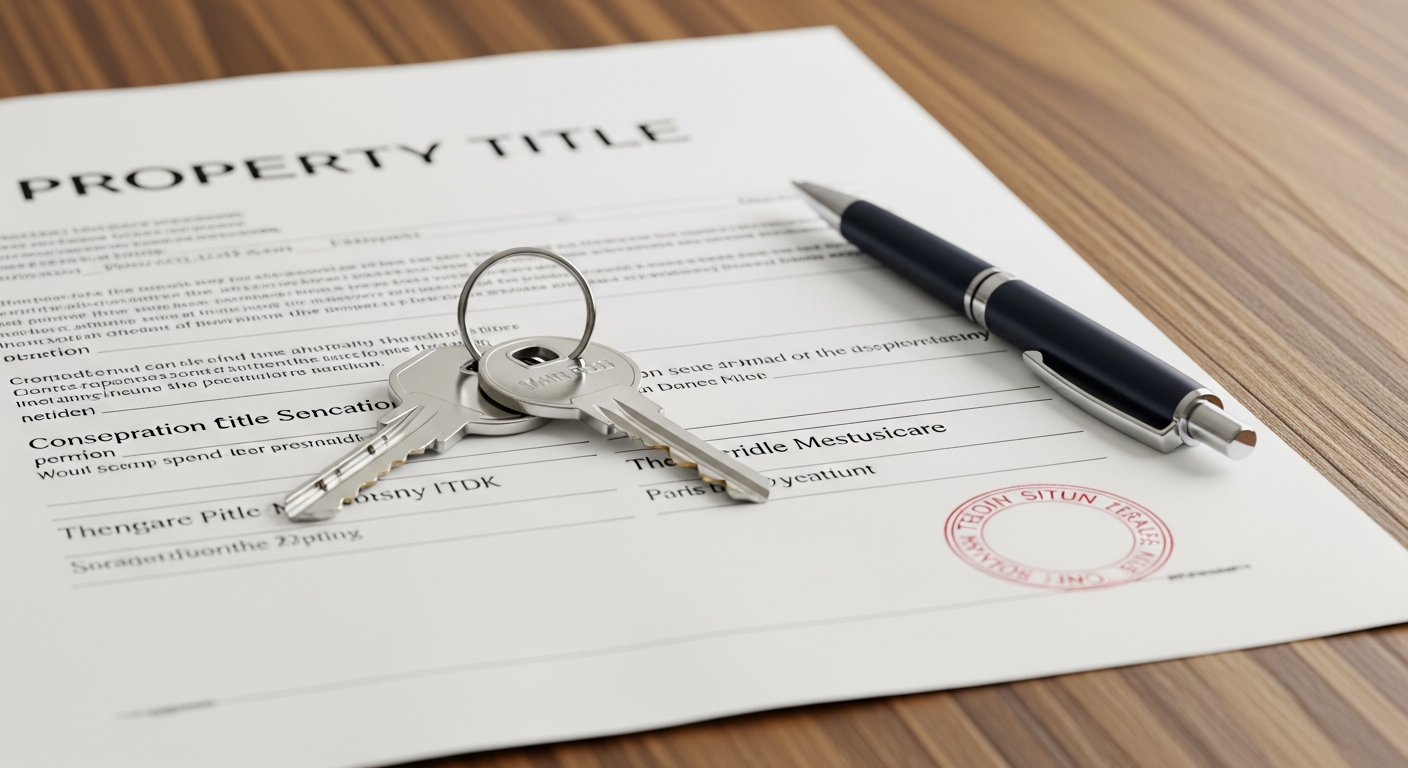
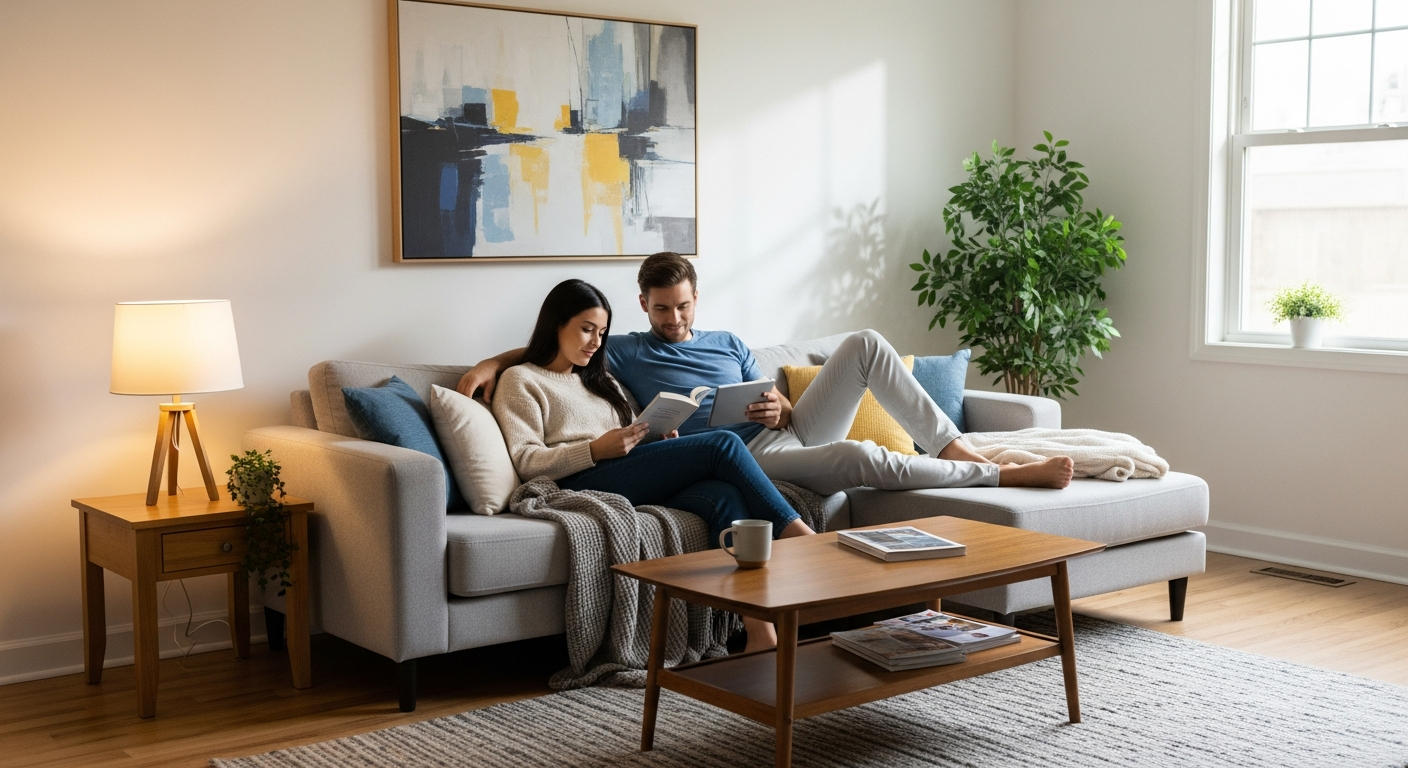


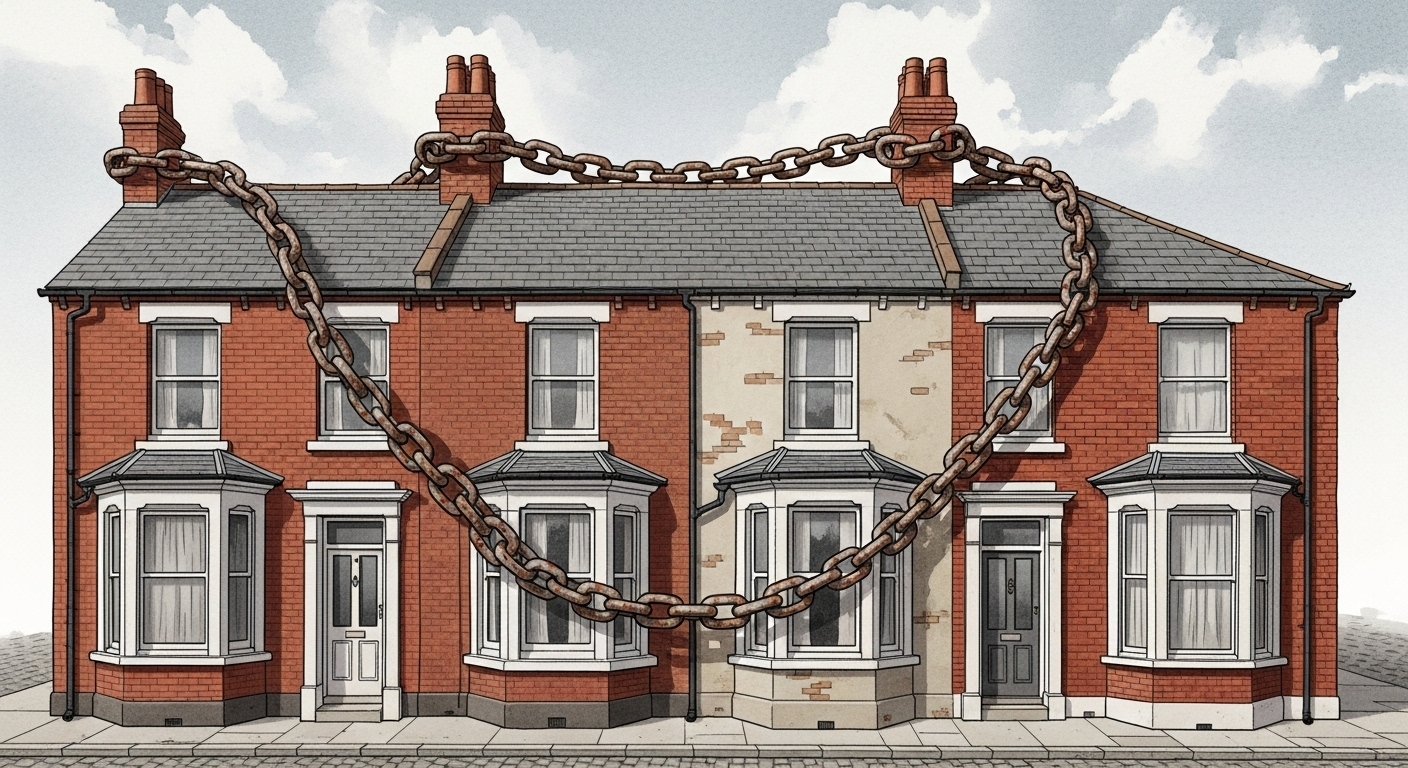
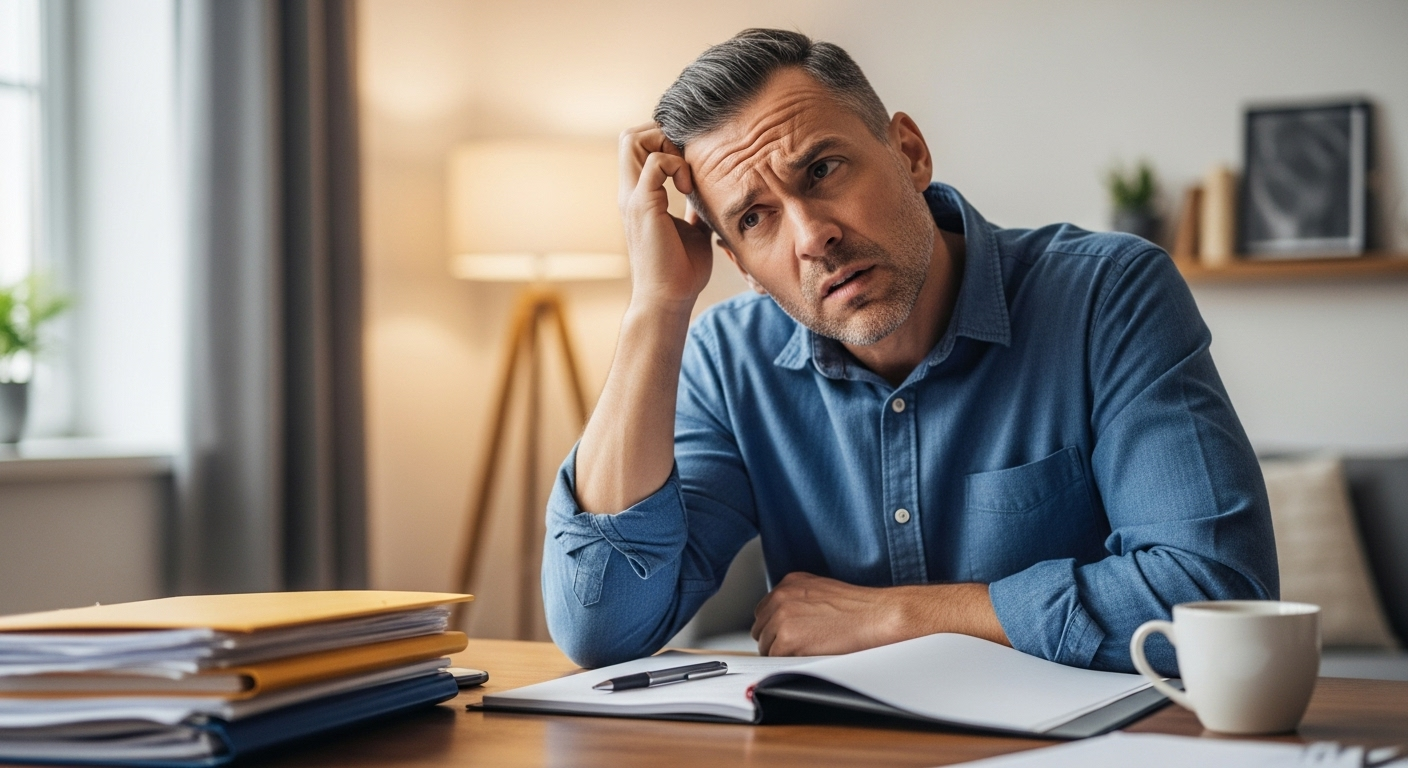
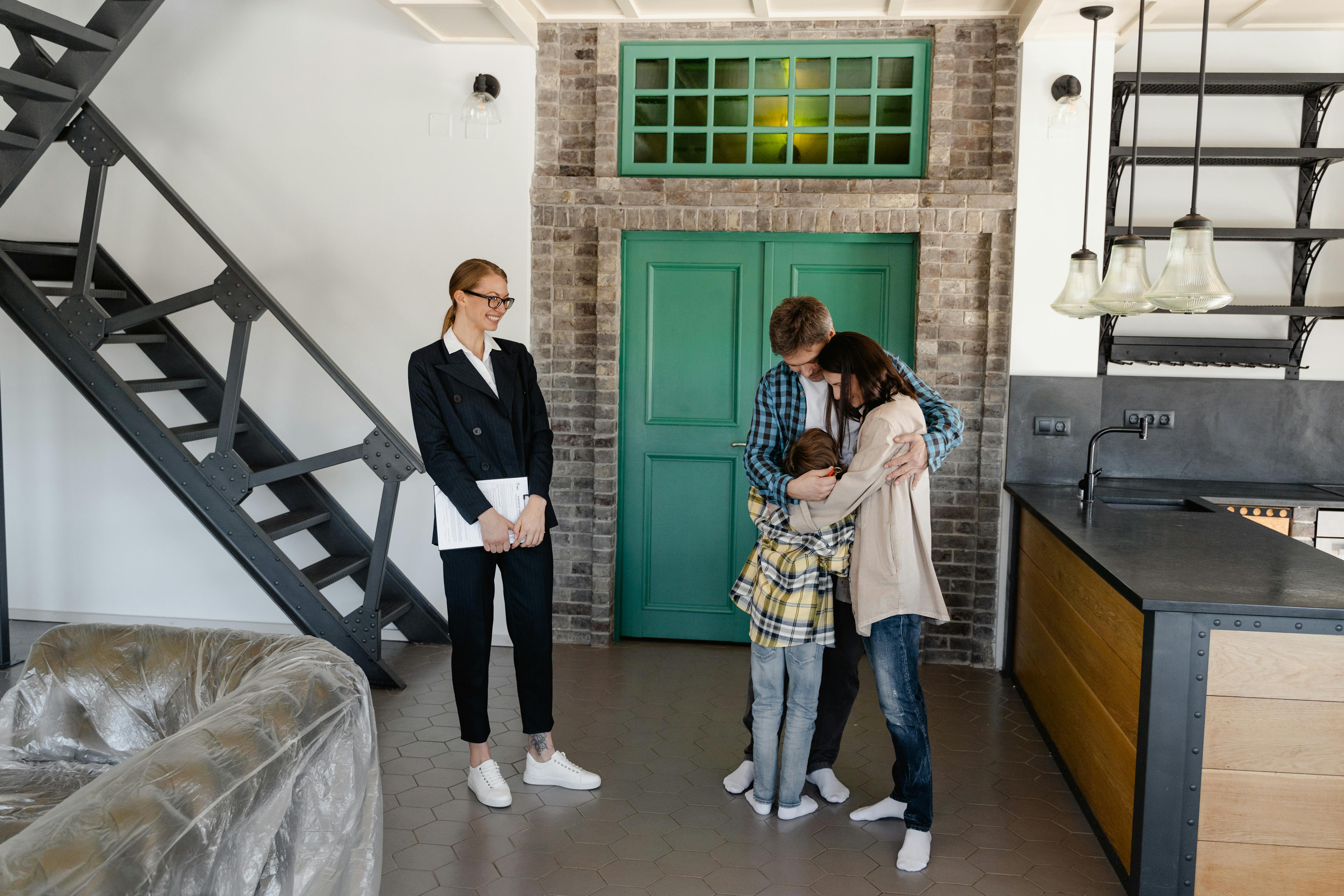
.png)





